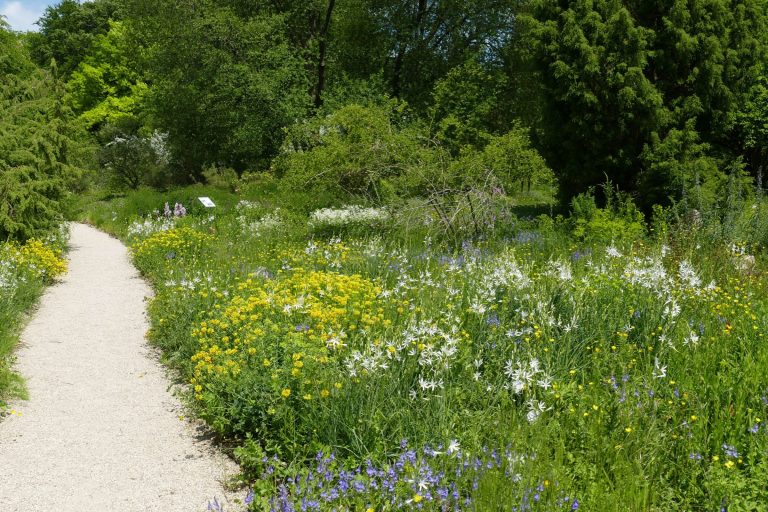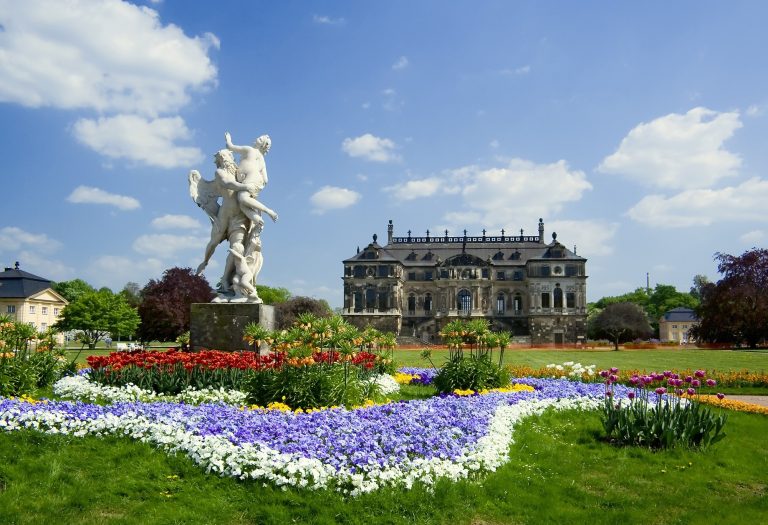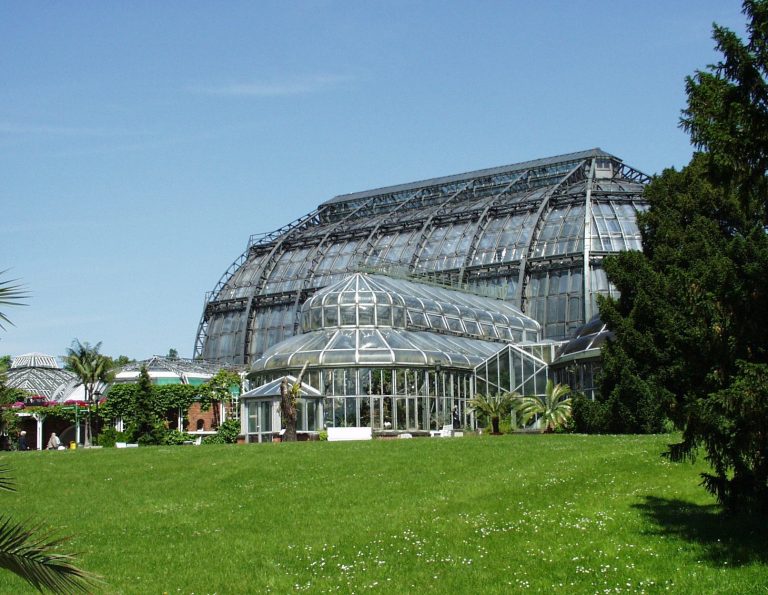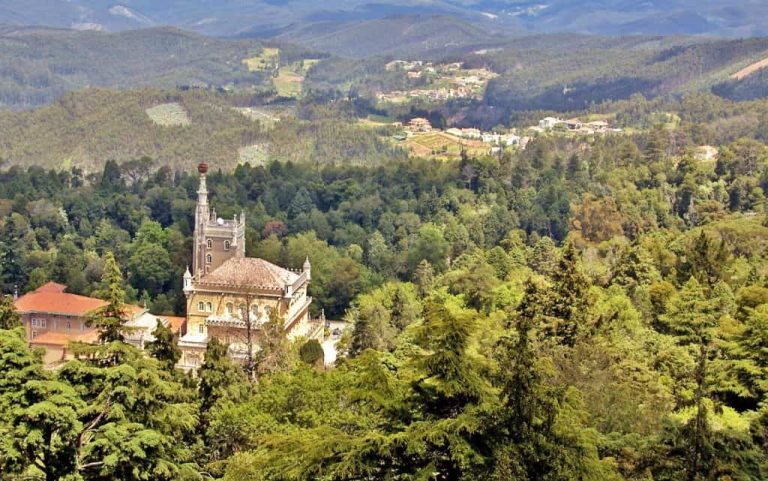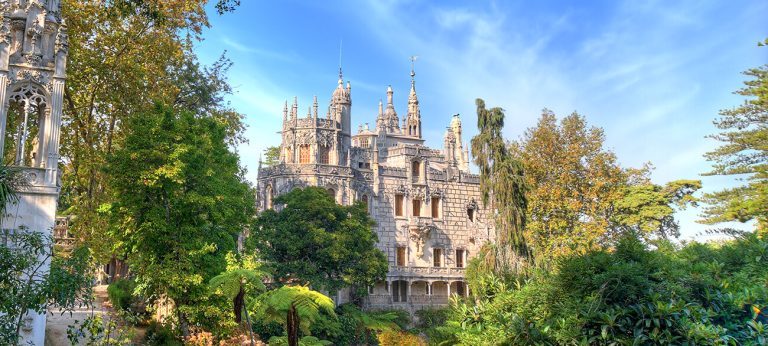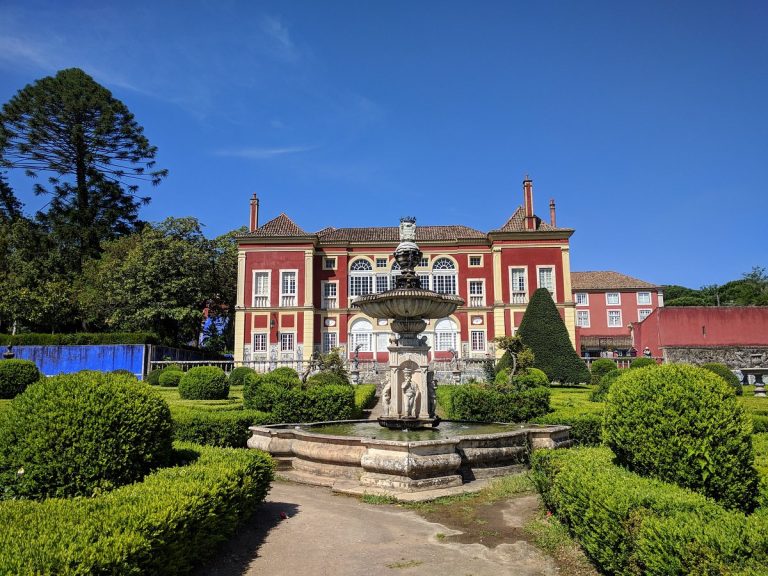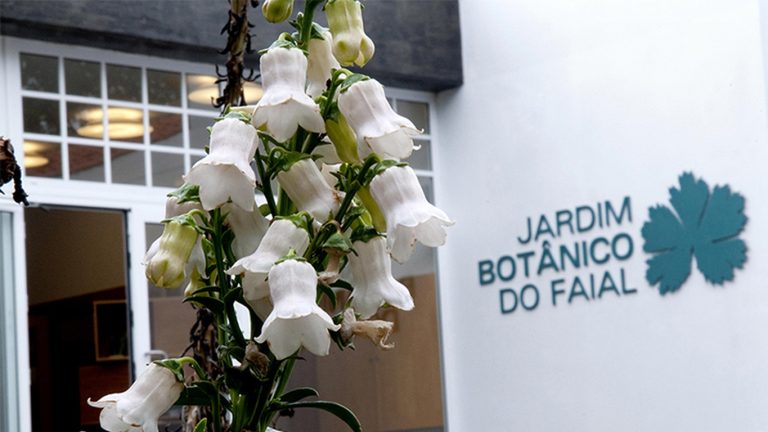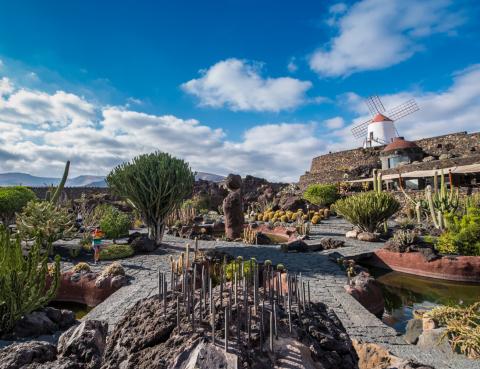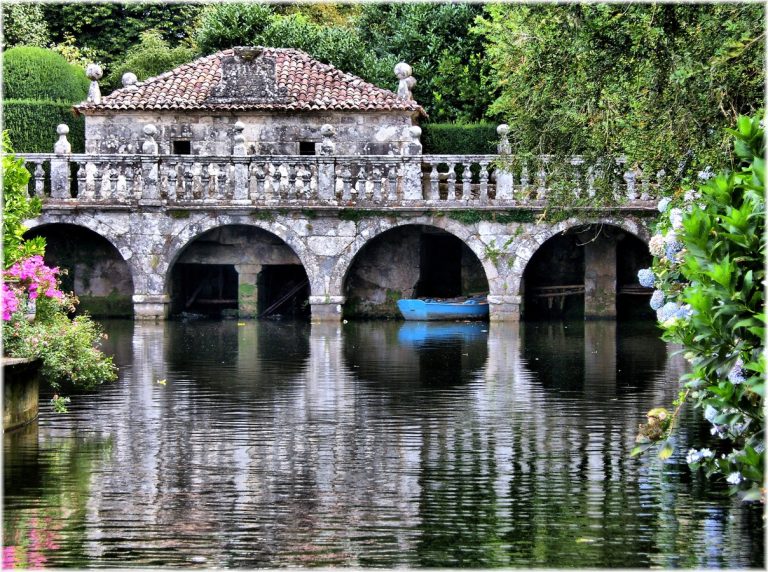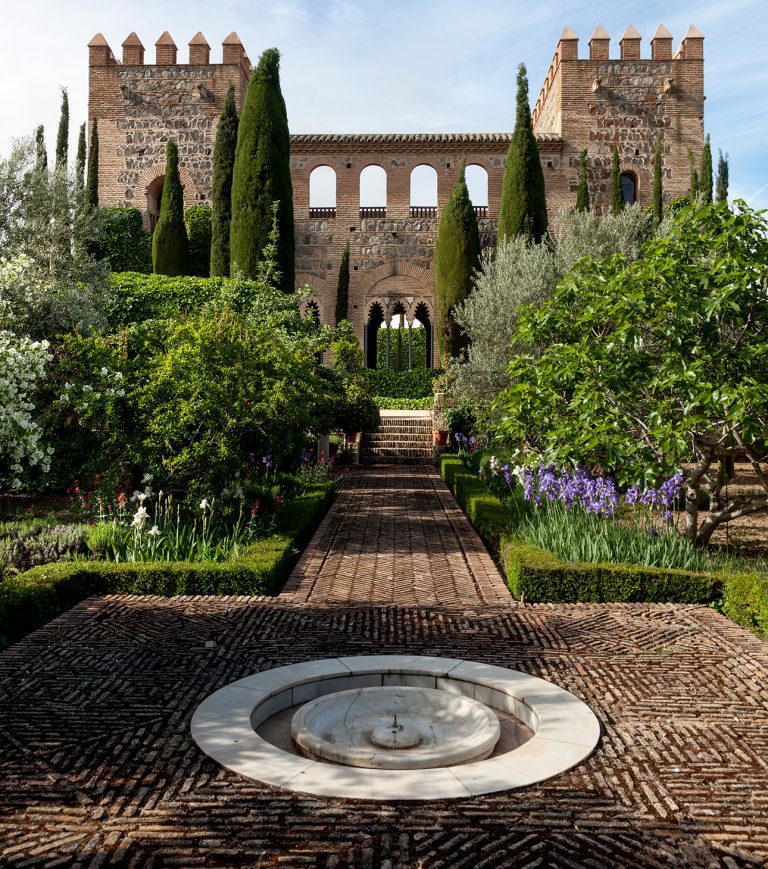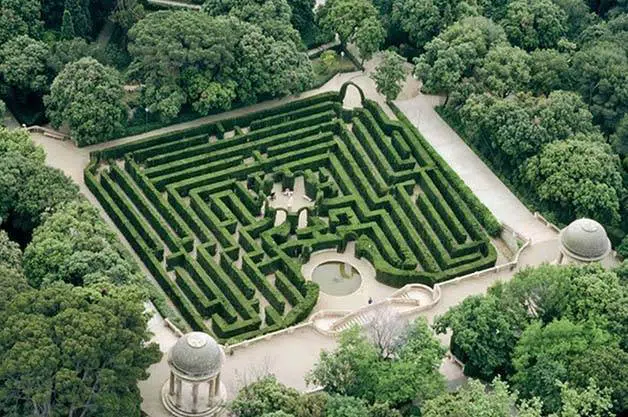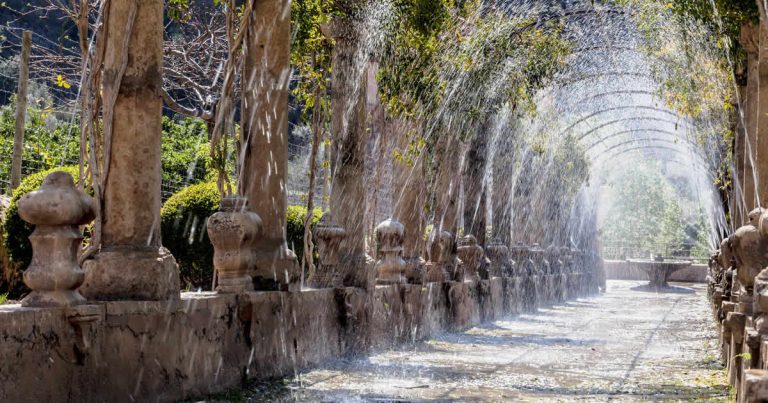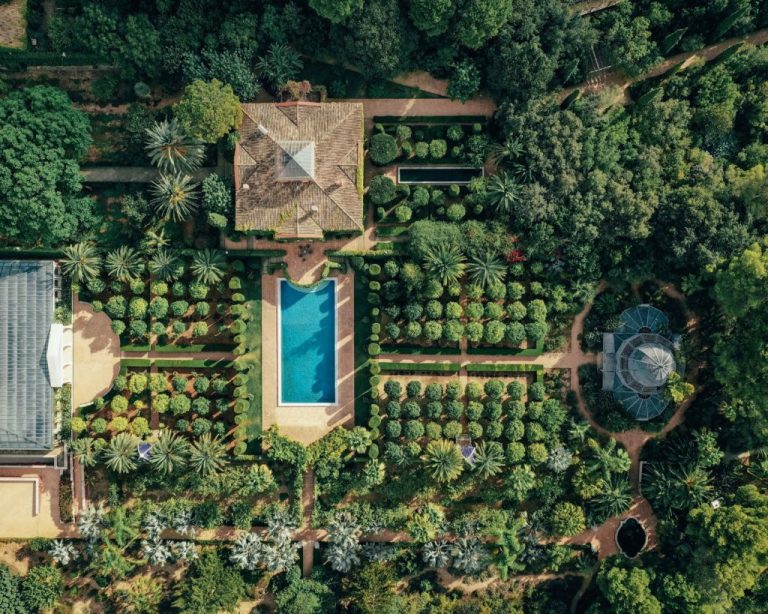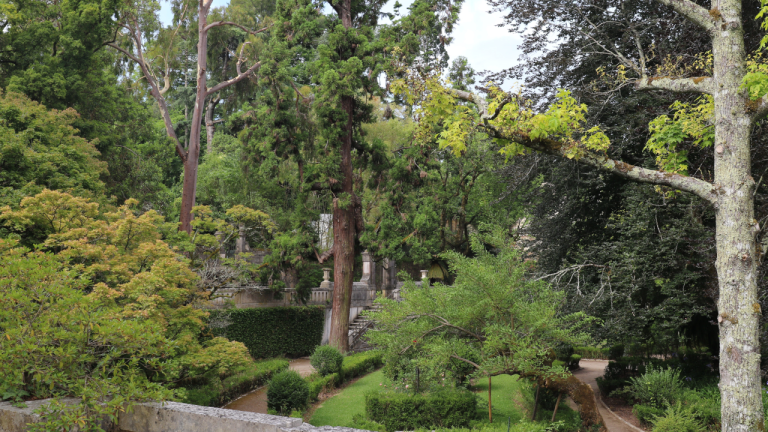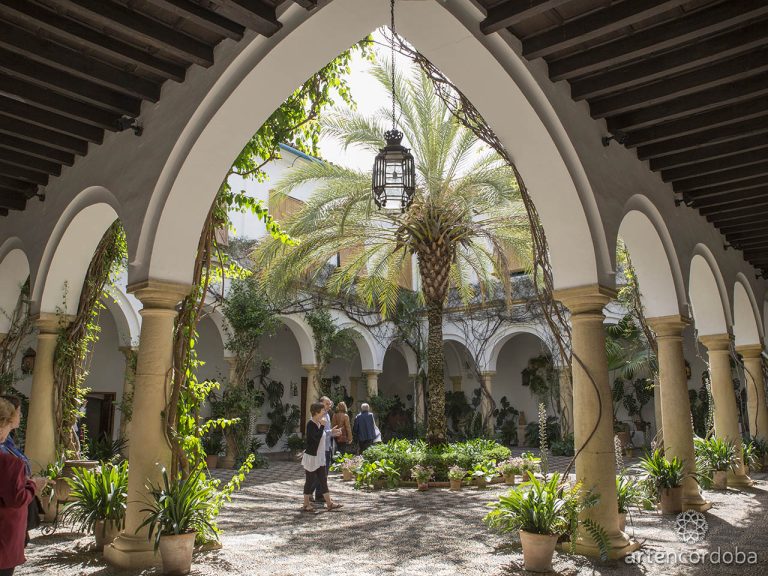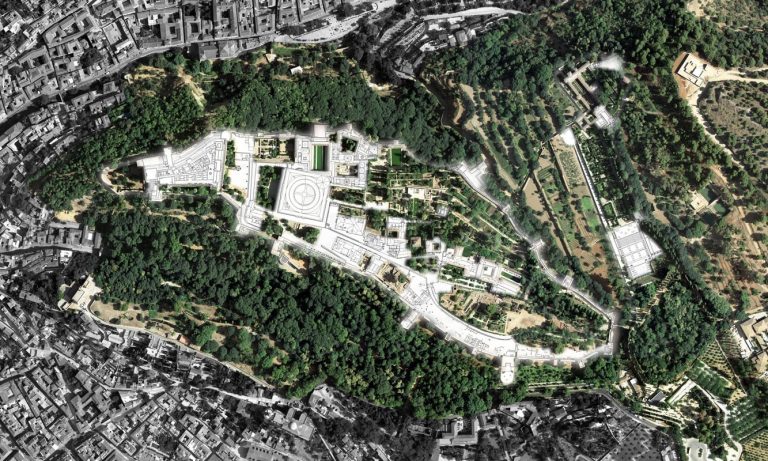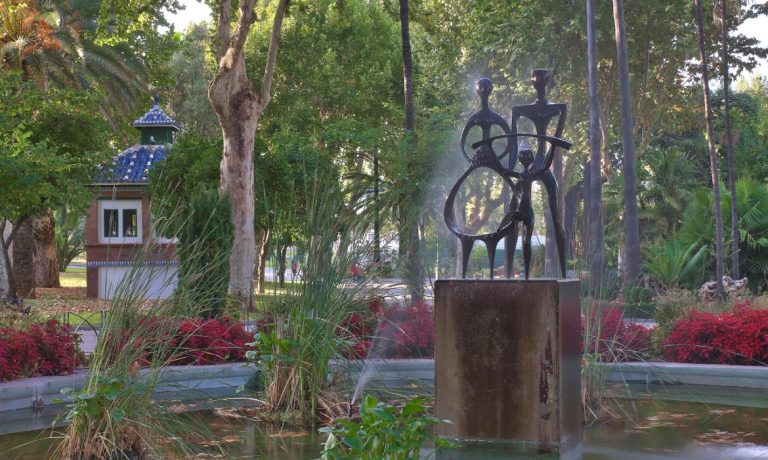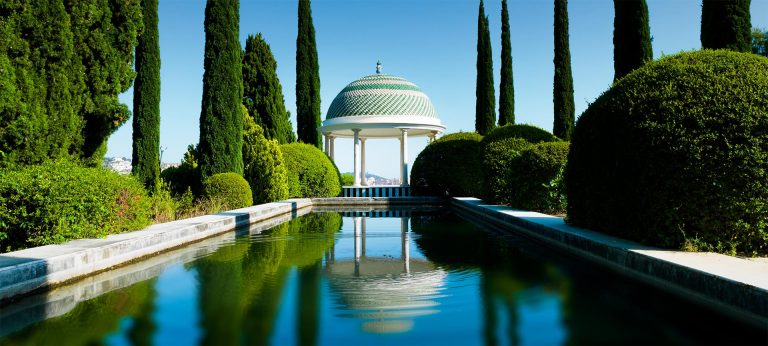Botanischer Garten Frankfurt
The future of the botanical garden and the possibilities of its preservation were discussed as early as the 1990s, with the planning of the complete relocation of the biological institutes to the Riedberg. Due to the physical distance, it could only be used to a limited extent for teaching and research at the university. However, the garden at this location had developed into a cultural asset worth preserving in the more than 50 years of development – with a valuable inventory of tree species and other plants from all over the world (over 5,000 species).

